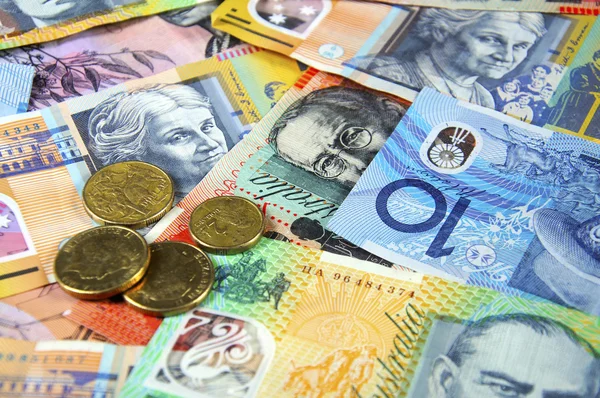Australian dollar falls due to concerns about prospective tariffs on Chinese imports from US President-Elect Donald Trump.
The Australian Dollar (AUD) fell against the US Dollar (USD) for the third straight session on Tuesday. US President-Elect Donald Trump’s proposed tariff rises on Chinese imports could have a negative impact on the AUD, as Australia is one of China’s top exporters.
Australia’s Westpac Consumer Confidence Index increased by 5.3% to 94.6 points.
In November, Australia’s Westpac Consumer Confidence Index increased by 5.3% to 94.6 points, marking the second consecutive month of growth The highest level in two and a half years. However, the measure has been below 100 for nearly three years, indicating that pessimists outnumber optimists.
According to Matthew Hassan, Senior Economist at Westpac, “Consumers are feeling less pressure on their family finances, no longer worried about further interest rate rises, and increasingly confident in the economic outlook.”
Following the confirmation of Trump’s victory in the US election, the US dollar has continued to appreciate. Analysts believe that if Trump’s fiscal ideas are adopted, they will increase investment, expenditure, and labor demand, heightening inflationary concerns. This scenario could encourage the Federal Reserve (Fed) to tighten monetary policy, thereby strengthening the greenback and placing additional pressure on the AUDUSD pair.
Traders looking forward to the release of the US Consumer Price Index data on Wednesday for clues into future US policies.
Traders expect US inflation Data will be release on Wednesday, providing insights into future US policies. The headline Consumer Price Index (CPI) forecast to rise 2.6% year on year in October, while the core CPI projected to rise 3.3%.
Daily Digest Market Movers: The Australian dollar struggles on concerns about Trump’s possible tariff.
The Australian Dollar’s downside could be limited as Reserve Bank of Australia (RBA) Governor Michele Bullock reiterated a hawkish stance following last week’s interest rate decision, emphasizing the need for restrictive monetary policy in light of persistent inflation risks and a strong labor market.
The Australian dollar also suffered due to lower-than-expected Chinese Consumer Price Index (CPI) data issued on Saturday. China’s Consumer Price Index (CPI) climbed 0.3% year on year in October, slightly below market expectations and This is down from 0.4% in September. This is the ninth straight month of consumer price inflation, but the rate is the lowest since June. The CPI fell by 0.3% month on month, greater than the projected 0.1% dip, after a flat reading in September.
China’s newest stimulus measures fell short of investor forecasts, lowering demand predictions for Australia’s main trading partner and dragging on the Australian dollar. On Friday, China proposed a 10-trillion-yuan loan plan aimed at alleviating local government finance difficulties and supporting lagging economic growth. However, the package did not include immediate economic stimulus measures.
Fed President Neel Kashkari noted on Sunday that the US economy has demonstrated extraordinary resilience while the Fed continues to combat inflation.
Minneapolis Fed President Neel Kashkari noted on Sunday that the US economy has demonstrated extraordinary resilience while the Fed continues to combat inflation. Nevertheless, Kashkari It highlighted that the Fed is still “not all the way home.” He also stated that the Fed wants to be certain that inflation will fully return to the 2% objective and needs more data before considering another rate cut morgan Stanley divided the Trum.









